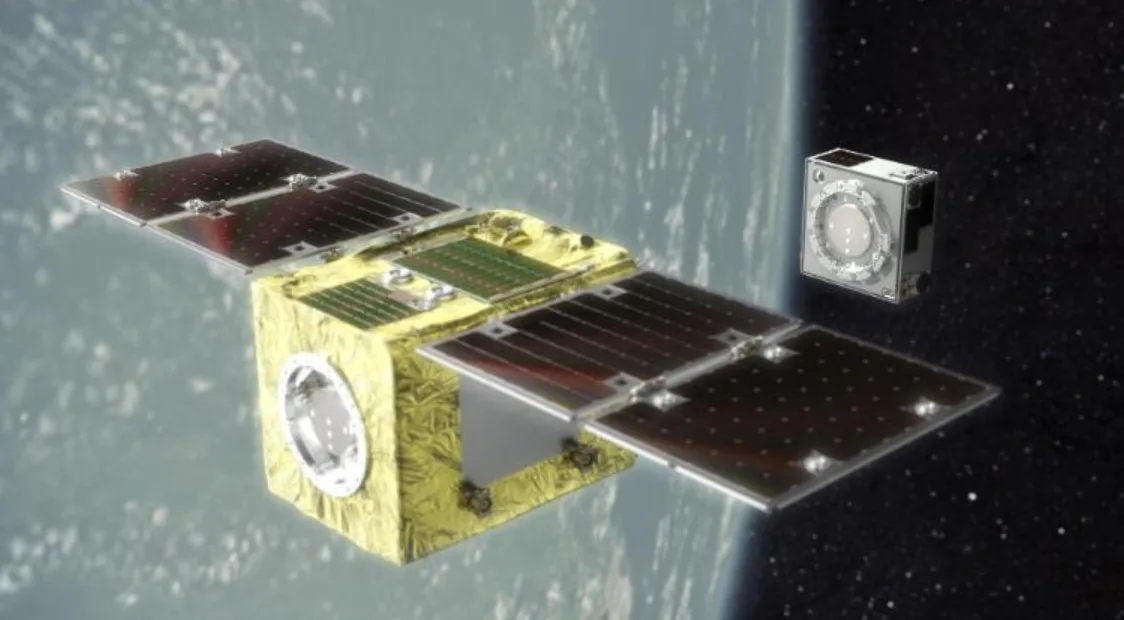
Astroscale space junk removal technology set to launch
Currently, more than 9,000 tons of space junk is floating around Earth, posing a risk to the International Space Station and the many working satellites we rely on for telecommunications, weather forecasting, and GPS services. There is no efficient way to clean it up, and with close to 100 new satellites heading into space each year, the skies are only going to get more crowded.
On Saturday, a company called Astroscale will send a craft into space in an attempt to address the issue. It will be launched alongside a 17-kilogram satellite that will separate, and over the next few months, scientists will monitor how efficiently the craft can capture the target and lower it to Earth's atmosphere, where it will burn up.
The experiment will be performed using a series of maneuvers and is expected to last about six months, ending in September or October 2021.
HIGH SPEEDS
The satellite will be hurtling through space at up to 28,000 kilometres per hour, and engineers hope to retrieve it with the help of a magnetic docking plate.
If all goes well, future satellites may be fitted with similar docking plates, allowing for more efficient recovery.
THE SPACE JUNK PREDICAMENT
NASA estimates there are millions of individual pieces of space junk zipping around Earth, and even small fragments can cause significant damage to a functioning spacecraft.
"A number of space shuttle windows have been replaced because of damage caused by material that was analyzed and shown to be paint flecks," the space agency says.

White dots representing oribital debris. Courtesy: NASA.
While some space debris is man-made, comprising of old satellites, rocket parts, and mission-related debris, there are meteoroids in the mix as well. But for simplicity's sake, experts refer to all man-made objects around Earth that are no longer functioning as "orbital debris."
"There are more than 20,000 pieces of debris larger than a softball orbiting the Earth," NASA says on its website.
"There are 500,000 pieces of debris the size of a marble or larger. There are many millions of pieces of debris that are so small they can’t be tracked."
While orbital debris is an ever-growing concern, there haven't been many notable collisions yet. But in 1996, a French satellite sustained major damage when it was hit by rocket debris.
"Now is the time to take the threat of debris seriously by committing to debris removal programs and preparing satellites for future removal at their end of life," John Auburn, managing director of Astroscale UK and group chief commercial officer said via CNN.
"Avoiding catastrophic collisions will help to protect the space ecosystem and ensure all orbits can continue to thrive sustainably for generations to come."
The technology being tested by Astroscale could solve future problems, but won't be able to remove satellites that are already in space, as they aren't fitted with the magnetic docking plate.
But there are plenty of other companies working to resolve the issue as well, including the European Space Agency, which hopes to launch technology equipped with robotic arms in 2025.
Surrey Satellite Technology Ltd. and France's Ariane Group are testing out the use of harpoons, and Astroscale is partnering with the Japan Aerospace Exploration Agency on a debris removal project.






